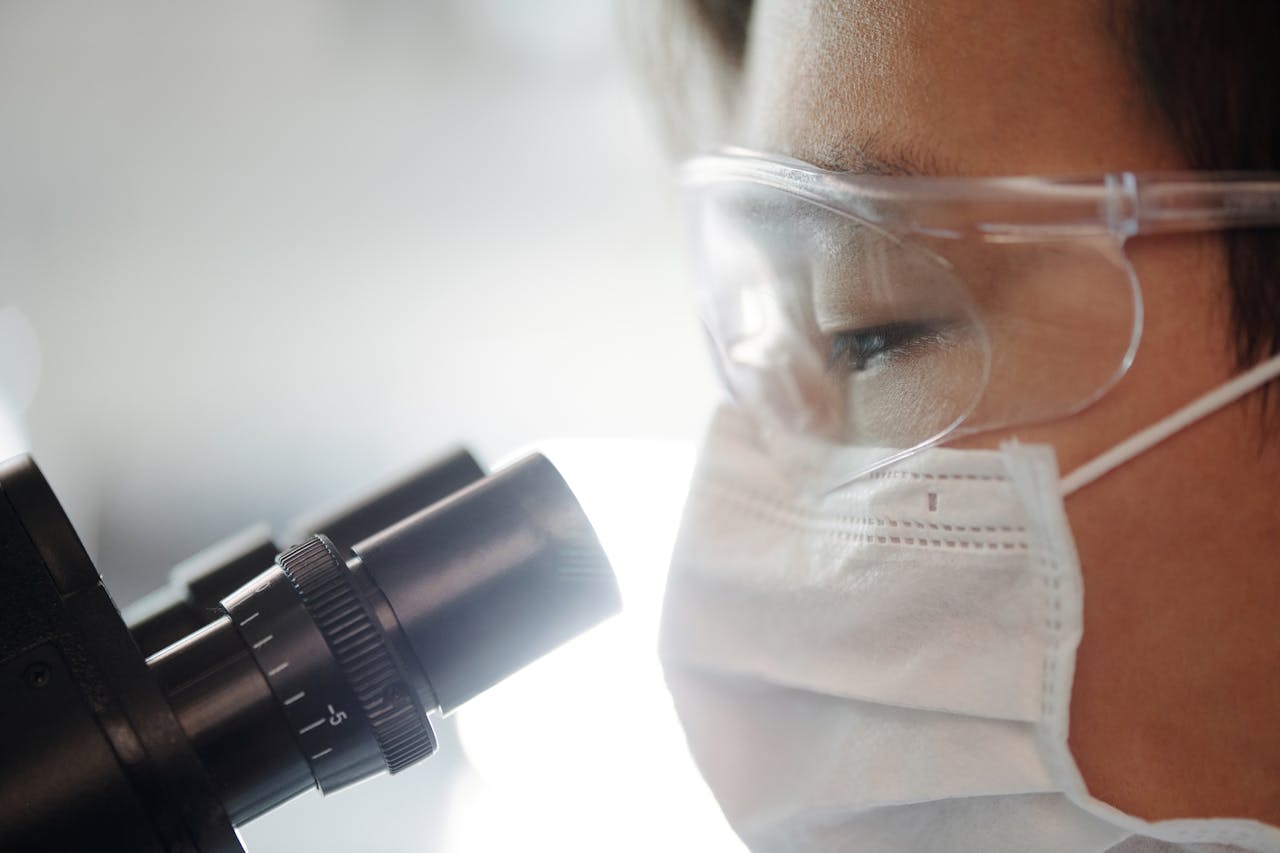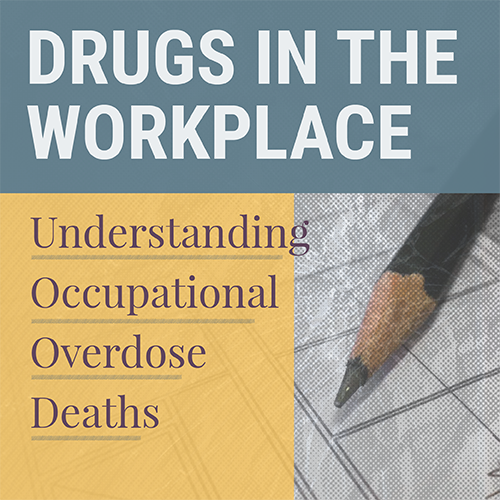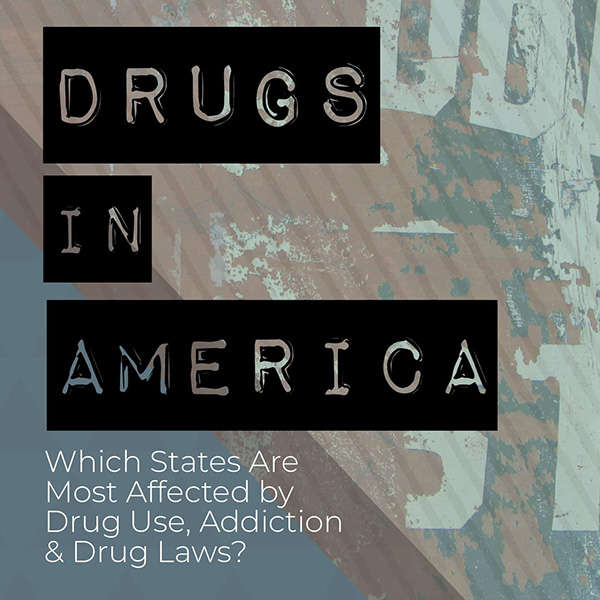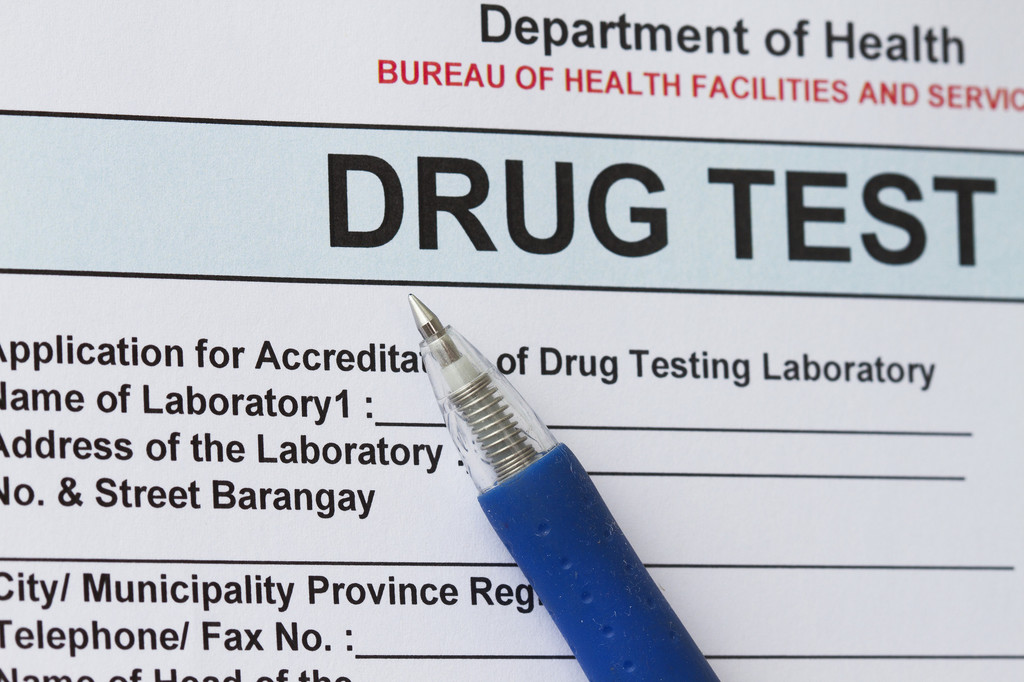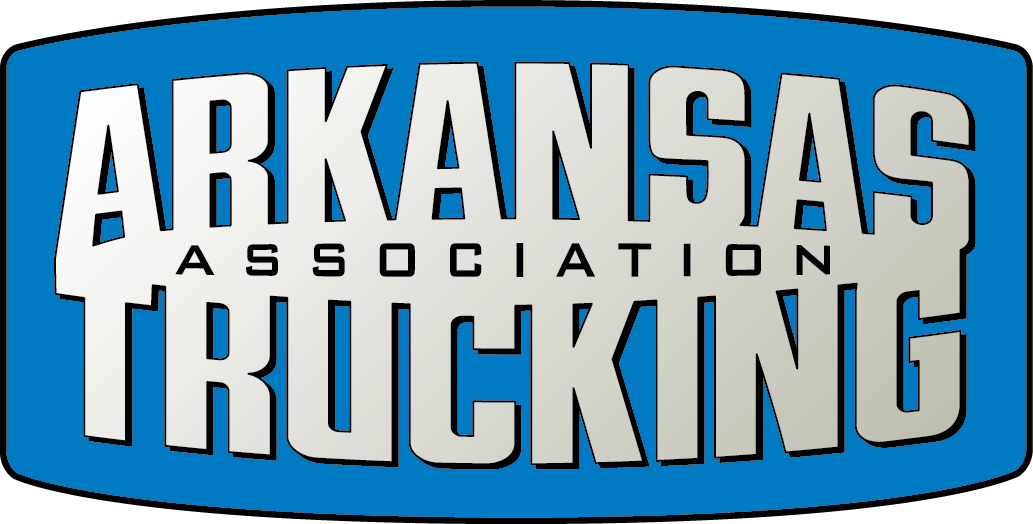US Drug Test Centers Blog
How Far Back Does a Drug Test Go? | US Drug Test Centers
Drug testing is common before an applicant will be officially offered a role. It can also happen throughout an employee’s journey — maybe via random drug testing. Additionally, individuals might find other reasons to order a drug test. Maybe a parent suspects their teenager is abusing drugs, or they need one themselves for a child custody case. How far back does a drug test go, exactly? Does it differ based on the substance or the testing method?
How Far Back Can a Drug Test Detect Substances?
How far back a drug test goes depends on the type of drug test being used — urine versus hair. Hair follicle drug testing has a longer lookback window, meaning it can detect drug use further in the past.
Here are the approximate detection windows for commonly abused drugs for both hair and urine drug testing.
Urine Drug Testing
Alcohol: 1-2 days (Habitual or chronic use: up to 3 days)
Amphetamines: 1-3 days
Barbiturates: 2-4 days
Benzodiazepines: 1-5 days (Longer-acting Benzodiazepines: 5-8 days)
Cannabis: 1-3 days (Habitual or chronic use: up to 30 days)
Cocaine: 1-3 days
Codeine: 1-3 days
Heroin: 1-3 days
LSD: 2-4 days
MDMA: 3-4 days
Methamphetamine: 1-3 days
Methadone: 3-4 days
Morphine: 1-3 days
Phencyclidine: 1-5 days (Habitual or chronic use: up to 30 days)
Hair Follicle Drug Testing
Alcohol: 90 days
Amphetamines: 90 days
Barbiturates: 90 days
Benzodiazepines: 90 days
Cannabis: 90 days
Cocaine: 90 days
Codeine: 90 days
Heroin: 90 days
LSD: 90 days
MDMA: 90 days
Methamphetamine: 90 days
Methadone: 90 days
Morphine: 90 days
Why Are Hair Drug Tests More Thorough?
Why does a hair drug test go further back than a urine drug test? It offers a couple of unique benefits that other types of drug screening don’t.
While drugs are detectable in urine for only a few days, max, they’re detectable in a hair sample for far longer. The drugs the individual consumes enter the bloodstream and eventually become a part of the cells of the hair. These drugs and their metabolites continue to stay in the hair as it grows — and hair typically grows at a rate of about half an inch per month. This is why drugs can remain in the hair for weeks, months, and perhaps even years, and that’s why hair follicle drug testing has a longer detection window.
For this reason, hair drug tests are the preferred method for detecting repetitive patterns of drug use.
Furthermore, because the process of hair drug testing is entirely supervised, the donor cannot cheat or swap out their hair sample. This is why hair testing more commonly accurately determines the presence of drugs, compared to urine tests.
It’s important to note that hair drug testing is not good for determining current impairment — in this case, urine drug screening is a more appropriate choice.
How Far Back Does a Breath Alcohol Test Go?
A breath alcohol test — also known as a breathalyzer test — is appropriate to detect current impairment.
Importantly, though, how fast a person’s body metabolizes (and eliminates) alcohol depends on a number of factors, including what type of alcohol they drank, genetics, how much they weigh, and how physically active they are.
How does a breathalyzer work? When an individual drinks alcohol, it makes its way from the stomach to the bloodstream, and the blood carries it to other parts of the body, including the lungs. Thus, when the person exhales, they are indeed breathing out alcohol.
The amount of alcohol measured in their breath correlates to how much is in their blood, and thus, how impaired they are at that moment.
What’s the Best Type of Drug Testing?
This depends entirely on the needs of the employer/individual. Most employment testing — pre-employment, random, reasonable suspicion, post-accident, and return-to-duty — is done via a urine specimen. If an employee has an accident on the road while on the clock, breath alcohol testing is common.
However, if you need to check for a lengthier history of substance abuse, only hair follicle drug testing is capable of that.
Frequently Asked Questions
How far back does a drug test go?
For most substances, urine drug testing has a window of approximately seven days, and hair drug testing has a window of about 90 days.
What’s the best type of drug testing?
This depends on the needs of the individual. Hair follicle drug testing is the most accurate and has the longest detection window, but it cannot determine current impairment. Urine drug testing, on the other hand, can — but its detection window is much shorter. Breath alcohol testing is only appropriate for determining current or very recent intoxication from alcohol.




